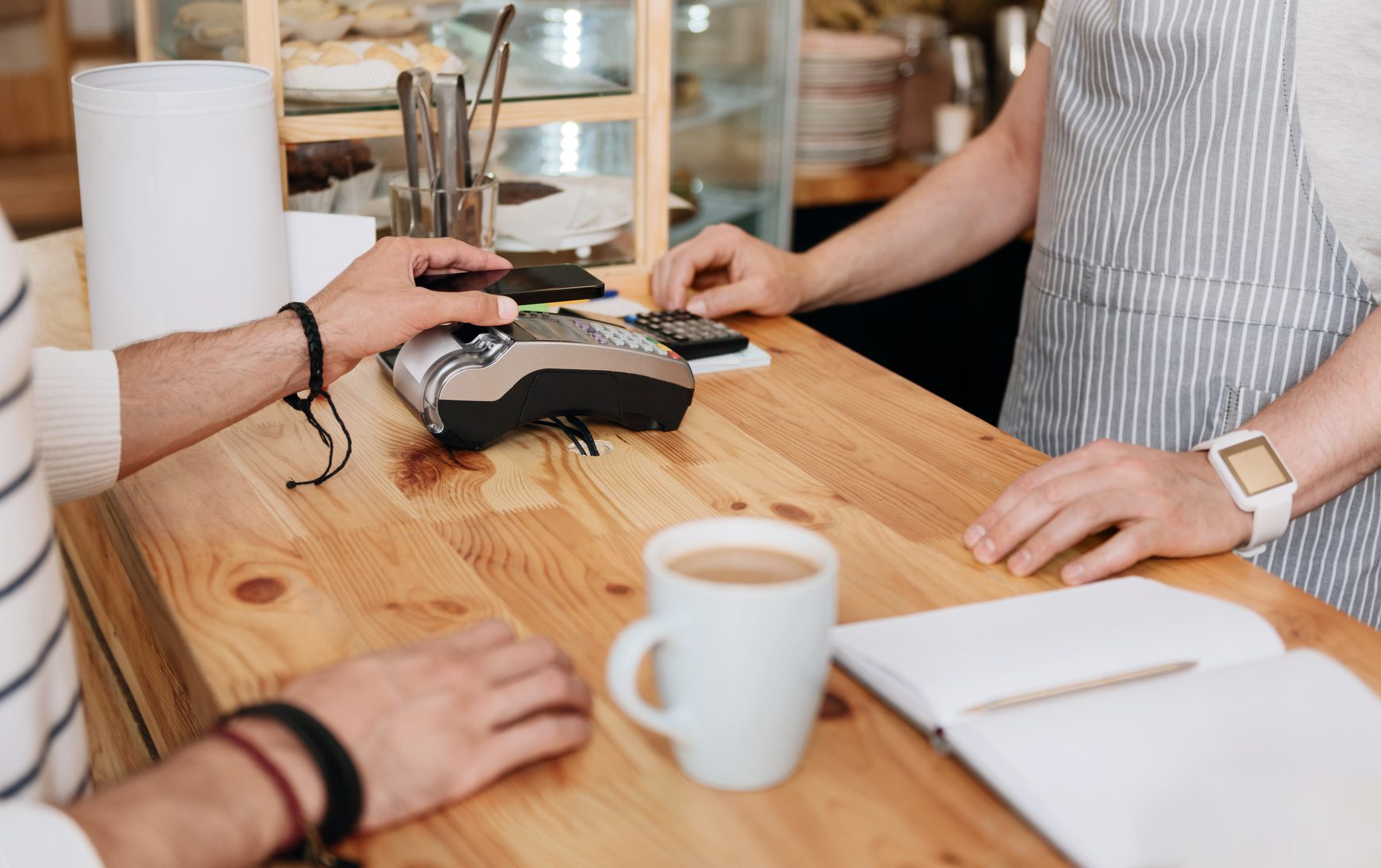A press release from Worldpay had the headline, “E-wallets surpass debit card usage in U.S. in 2017”, which got my attention. To be precise, wallet transactions have surpassed the use of debit specifically for online, ecommerce transactions which is an understandable trend:
Worldpay’s 2017 Global Payments Report analyzed 36 countries across the world to gauge the current state of the payments industry and to predict future trends on a global and domestic scale. The findings show the global e-commerce market is expected to grow 11.1 percent over the next five years, with e-wallets predicted to become 45.9 percent of the market by 2021. The U.S. e-commerce market is set to grow by 9.8 percent – an overall yield of $1,077.5 billion in 2021.
Once again, Worldpay’s annual report found alternative payment methods are gaining more ground in the e-commerce market. E-wallet payments (39.2 percent), bank transfers (11.6 percent), prepaid cards (0.2 percent) and e-invoices (0.1 percent) are all expected to increase in use across the world. This global trend holds true in the U.S. E-wallets, such as PayPal, are the second most used payment method by Americans and are set to become the top payment option with a 46 percent usage rate by 2021, followed by credit cards, bank transfers, deferred credit cards and debit cards. With e-wallets ranked as the third most popular payment method in the U.S. in the 2016 Global Payments Report, therefore, its second place standing in the 2017 report marks a significant change in consumer payment preferences.
Cardholders are left with the impression from the general media that debit is dangerous, that cardholders have no recourse in the event of a fraudulent transaction and debit should never be used in online or mobile channels. It only makes sense that debit cardholders are retreating from using their cards in those channels.
Overview by Sarah Grotta, Director, Debit Advisory Service at Mercator Advisory Group
Read the full story here









